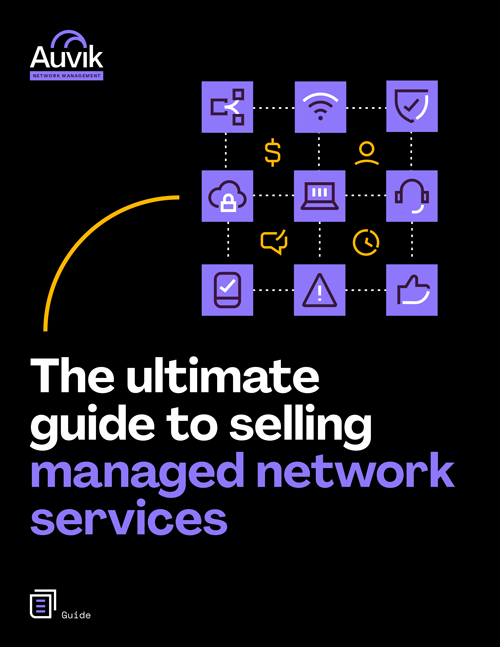Quarterly business reviews (QBRs) are one of the best tools you can use when it comes to being transparent and keeping your clients updated on all the work you’re taking care of for them.
Otherwise known as technical business reviews, or semi-annual business reviews, QBRs serve as an excellent opportunity to touch base with clients, highlight the value of the services you provide, and create a strategic agenda moving forward.
Who should participate in QBRs?
It’s important to make sure the right people are present in the meeting. Key stakeholders include:
- Your technical account manager. When it comes to a specific client, you want to bring the person who manages their account on a day-to-day business, because they know the ins and outs of the relationship. This is the person who puts together the report, sets the agenda, and generally leads the actual meeting.
- Your point of contact. On the client side, the person your team interfaces with should be there, as they have an understanding of your daily operations and are likely someone you already have a rapport with.
- The boss. Depending on the size and structure of each client, someone along the lines of the founder, owner, or CEO of the business should attend when possible.
- The person who signs the checks. Who signs off on your partnership? This person is actually the most important attendee, as it’s critical they see the value in your services. Make sure they’re included in each QBR.
- Other department heads. Anyone on the leadership team who’s relevant to the discussion, particularly if you plan on pitching changes in processes that will involve their department should plan on attending.

Your Guide to Selling Managed Network Services
Get templates for network assessment reports, presentations, pricing & more—designed just for MSPs.
Make quarterly business reviews strategic, not tactical
Your QBR isn’t the ideal time to get down into the nitty gritty of daily operations. Instead, it’s a rare opportunity to have executives from the client side listen to what you have to say. So take a high-level approach to discussions—focus more on strategy and results rather than execution.
You want to come into the QBR armed with data. Show real-world returns from prevented problems (i.e., show your value). Make it a goal to deepen the trust your client has in you, and further your relationship as a trusted business advisor rather than just another vendor.
The QBR is also a time to address roadblocks and obstacles that must be overcome in order to deliver ideal service. Identify areas where improvements can be made, and take a big-picture approach to problem-solving. Make sure you listen closely to the client’s concerns.
In the end, both teams should align on ways to drive more value through your partnership.
What to include quarterly business reviews
Your goal during a QBR should be to provide a top-down view of operations, making sure each discussion offers transparency and highlights the value your MSP has provided in that specific area.
Your QBR data should cover:
Service ticket review
Include a comprehensive service ticket review from the past quarter that shows how your team is handling the volume of tickets coming in. It can be as simple as comparing open versus closed tickets.
SLA review
Compare your service level agreement (SLA) to the services rendered and highlight areas where you’ve gone above and beyond. If there have been disputes or issues, now’s a great time to discuss the matter while decision-makers are present.
Technical review
This will likely take up the bulk of your QBR. It’s an opportunity to put your value front and center while also providing insight into where process improvements can be made on both ends.
Endpoint management
Clients rely on you to centrally deploy, update, and troubleshoot endpoint devices, which is why you’ll often hear MSPs saying this is the “meat and potatoes” of their business. When done well, clients will rarely be aware of everything that goes into endpoint management, but here’s your chance to enlighten them on the value you’re providing.
Infrastructure management
Take the time to explain why infrastructure management is a big deal for your client’s business. Cover areas such as network uptime and performance, backups, domain admins, and server patch status.
Network security defense
It’s more important than ever to protect your client’s networks aga inst viruses and other threats, so you’ll want to focus on your security efforts. (You might also touch upon your GDPR compliance measures.)
Strategic planning
You have a room full of decision-makers and executives at your disposal. This is the perfect time to dive into big-picture strategy and proposals to improve the business relationship moving forward. Make sure everyone has a solid understanding of what you’re working on, what’s planned for the future, and any recommendations you have.

Your Guide to Selling Managed Network Services
Get templates for network assessment reports, presentations, pricing & more—designed just for MSPs.
User training
Show your clients you’re invested in improving their operations and that you’re taking the time to analyze what their data means. Based on the support tickets you’ve received, you may have recommendations about which of your client’s employees could benefit from additional training. This is another way to prove your value as a trusted advisor and partner.
Benefits of quarterly business reports
Clients who see and truly understand your value are likely to keep you around for the long run and recommend you to their peers. They’re unlikely to wonder, “Why am I paying you?”
QBRs requires time and effort, but they’re well worth it for all parties involved. It’s your chance to bolster your reputation and show why you’re an integral part of your client’s business and it also helps your clients see the power of their investment in you.
You might also be interested in this Frankly MSP podcast interview with BrightGauge CEO Brian Dosal on why everyone in your MSP needs a number they’re tracking to.





